
Colgin Cellars was founded by Ann Colgin in 1992
One of the greatest of all American wineries, Colgin, makes sublime wines from distinctive vineyard sites, and is now majority-owned by LVMH. CEO Paul Roberts, himself a wine world superstar, takes Darius Sanai on a tasting of its great cuvées and chats about the importance of geography

Paul Roberts
One of the most compelling things about wine, for any serious wine collector, is the dramatic differences that can occur in quality, reputation and price, between wines that seem, on the face of it, extremely similar.
Any admirer of luxury goods can see why a Patek Philippe commands a greater price than a Swatch. But with fine wine, you can often have several bottles that, on the face of it, all appear to be Pateks, yet with some costing a multiple of tens, hundreds and in some cases, thousands, of times the price of the others.
This is most famously the case in Burgundy: wines made from the same grape type, in the same place, sometimes just across the road from each other, or occasionally from adjacent vines, can command prices so different you might think one was made in a factory and the other from moon dust.

The alchemy here is a combination of what is known as terroir (a blend of the exact soil, the aspect of the slope, the nanoclimate, and so on) and the people making the wine: and the differences are greatest in the world’s greatest wine regions.
Follow LUX on Instagram: luxthemagazine
Paul Roberts believes in the importance of all these elements, and he should know. His in the unique position of, firstly, being one of the most successful master sommeliers in the US – an “MS” being a notoriously challenging position to achieve, requiring almost unfathomable theoretical and practical ability; and, secondly, being the CEO of one of the world’s great wine estates.

The Colgin estate is made up of three vineyards: Tychson Hill, Cariad and IX Estate
If you have been brought up on a diet of Bordeaux and Burgundy, you may not know Colgin, Roberts’ estate in Napa Valley. But you should. Colgin is, along with names like Screaming Eagle and Harlan, at the top of the tree of American wines, and commands prices to match: the same as those of a Château Lafite or Cheval Blanc.
He is also, as I discover when we speak over Zoom for this article, as passionate about the specific geographies within Napa Valley as any Burgundy producer is about the inflections of the slopes of the Côte de Nuits.

Tychson Hill was originally planted in the 19th Century and belonged to Josephine Tychson, the first woman to build a winery in the Napa Valley
Colgin wines come from three distinct vineyards sites in Napa: Tychson Hill, Cariad, and IX Estate. Roberts, quietly spoken – almost gentle – thoughtful, articulate, is very keen to counter what he thinks (and we would concur) is a widely held misconception that Napa is just one warm, sunny valley. “It’s a small wine region, and it’s also one of the most diverse places on earth,” he points out. Due to repeated volcanic activity over the aeons creating dramatic differences in soil (“we have more than half the world’s soils,” he points out), the proximity to the cold Pacific Ocean, the location and topography of the mountain ranges on either side and San Francisco Bay to the south, Napa Valley is geographically intricate – more so even than Burgundy, which famously lies on a leeward slope just south of France’s continental divide and at a location which allows it to benefit from various unique climate effects.
Roberts flies the flag for Napa’s diversity and distinctiveness, and also for the fact that Colgin is what it is, partly because of the three sites the estate has chosen to make wines from. IX Estate is the most southerly of the three: to a neophyte that might suggest it makes the richest wines, but the neophyte would be wrong. This vineyard is located at between 335 and 425 metres altitude up in hills on the east side of the valley, and it’s actually located beyond the first hillside ridge, which means it partly faces east.
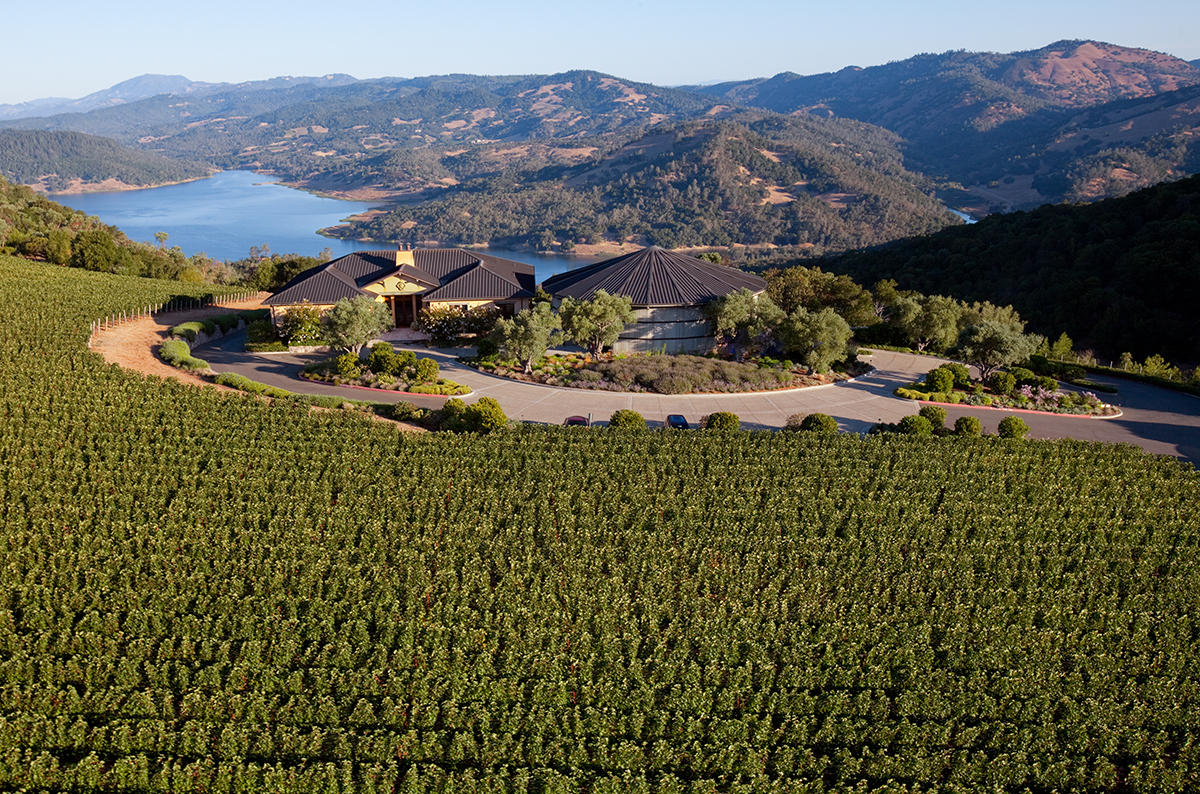
Cariad vineyard is located in the western hills overlooking St. Helena
Cariad is on the west side of the valley, a few miles away, on the hillside but at a lower altitude, on volcanic soils. And Tychson Hill is at the lowest altitude, on the hills outside the pretty town of St Helena, further north. North in Napa terms normally means warm, because you are further away from the cool of San Francisco Bay (of the famous sea fog), but a gap in the nearby mountains lets in cool air from the Pacific…
All in all, the permutations of climate (exact location) and terroir (general wine vibe) in Napa are almost endless, and enough to make Burgundy and Bordeaux plain by comparison. “We are fortunate to have three of the best vineyard sites in Napa,” says Roberts. Tasting the wines, below, we can only concur. Colgin wines have power, subtlety, length, and a kind of dreaminess that only really great wines achieve. We would rank them as high as any Chateau we have tasted from Bordeaux.

Colgin wines include Tychson Hill, Cariad, IX Estate and IX Estate Syrah
The Tasting
Notes by Darius Sanai
Colgin IX Estate 2018
Although it contains a similar blend of grapes to a great Bordeaux, this wine shows how Napa is a world unto itself. Drippingly hedonistic yet also beautifully balanced, it’s a bottle to share with great friends over dinner at Bacchanalia on Berkeley Square in London.
Colgin IX Estate 2013
Similar blend, from the same high vineyard over on the east ridge of Napa Valley; this, with the benefit of a little age, is showing itself like an arrival at a ball at Versailles taking off their coat and allowing a glimpse of the diamond necklace. Needs the respect of a delicately cooked cut of Kobe beef.

There are huge differences in the soil around the estate due to volcanic activities
Colgin IX Estate 2010
Diamond necklace and also those bespoke, emerald-studded Louboutins on show. At 13 years old, this is a wine that just suggests what it will be like at 30. Gloriously complex, but we would wait another 17 years.
Colgin Cariad 2018
An extraordinary wine for its savoury, velvety, stone-infused decadence. If this were from Bordeaux, people would be talking about it as a peer of Haut-Brion and Margaux. Young but so drinkable. One for diner à deux in your Chateau in la France Profonde.

IX Estate was carved into an east-facing slope overlooking Lake Hennessey
Colgin Tychson Hill 2018
Another utterly distinctive wine; Roberts points out the volcanic soils here on the western side of Napa Valley. Layers and layers of summer fruits, with a controlled punch, and freshness. We would have this at Christmas with closest family, at the Gstaad Palace, with Simmental beef and a light peppercorn sauce, girolle mushrooms, and truffled mashed potato. The food can’t overwhelm the wine.
Read more: A tasting of Dalla Valle wines with the owners
Colgin IX Syrah 2018
The outlier: from the IX vineyard, but made with Syrah grapes rather than the Cabernet Sauvignon blends above. Think of the greatest Hermitage wines but then amplify them through a Pivetta Opera sound system for richesse like you have never encountered. Extraordinary.
Find out more: colgincellars.com





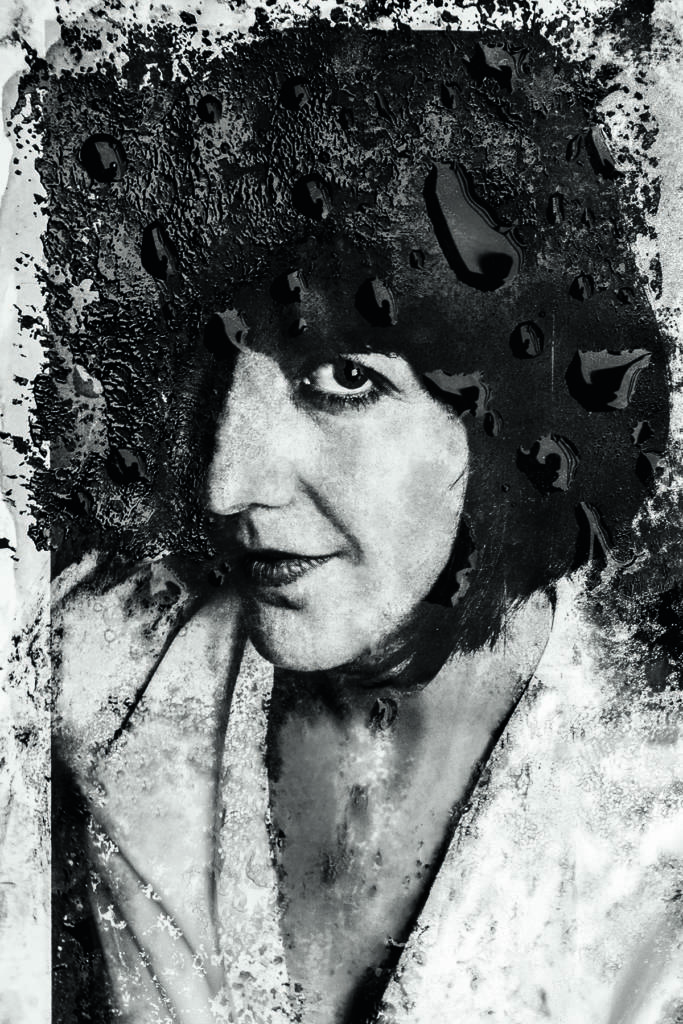
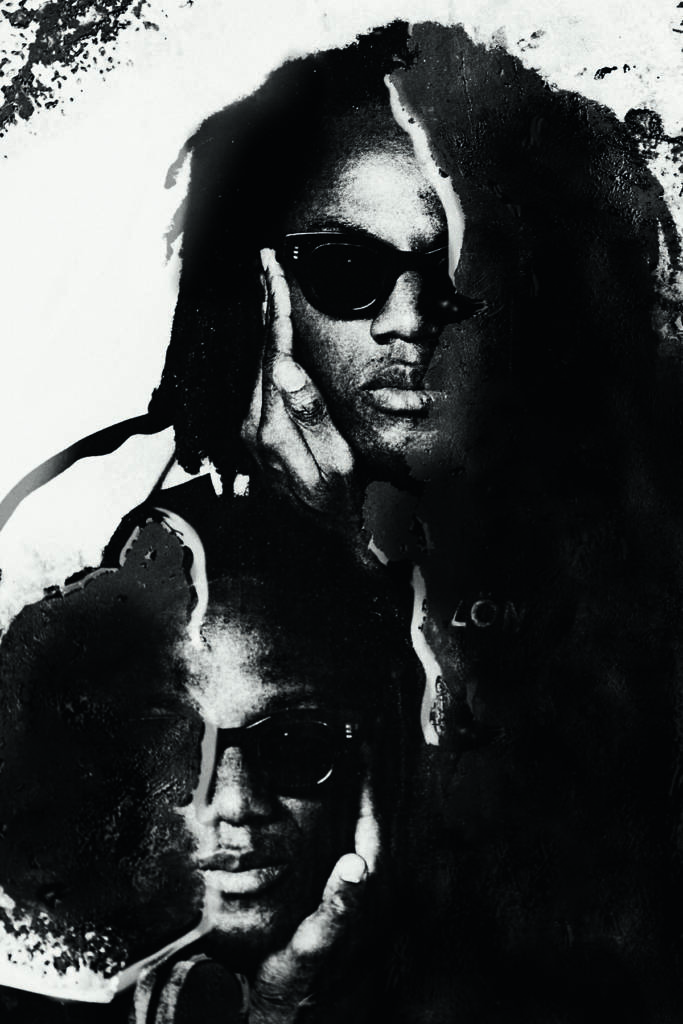



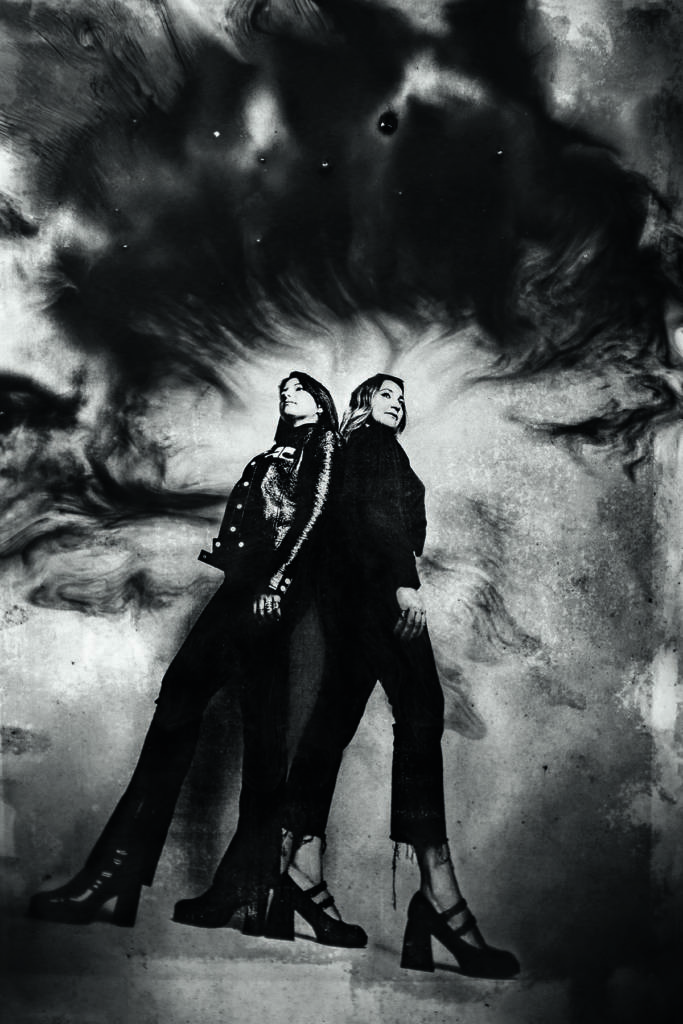

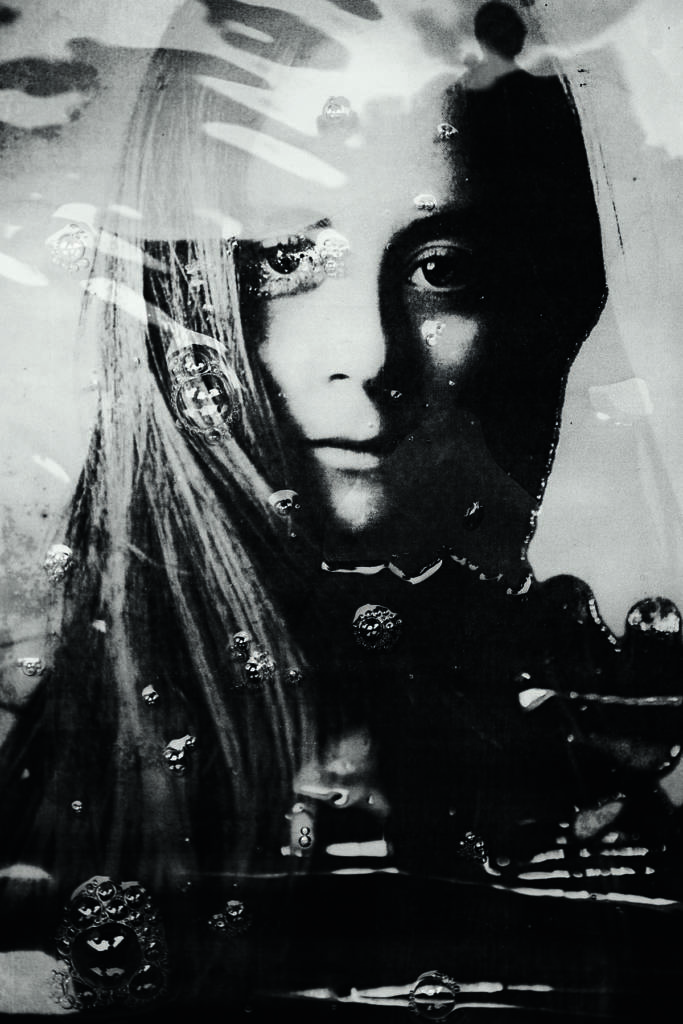





Recent Comments